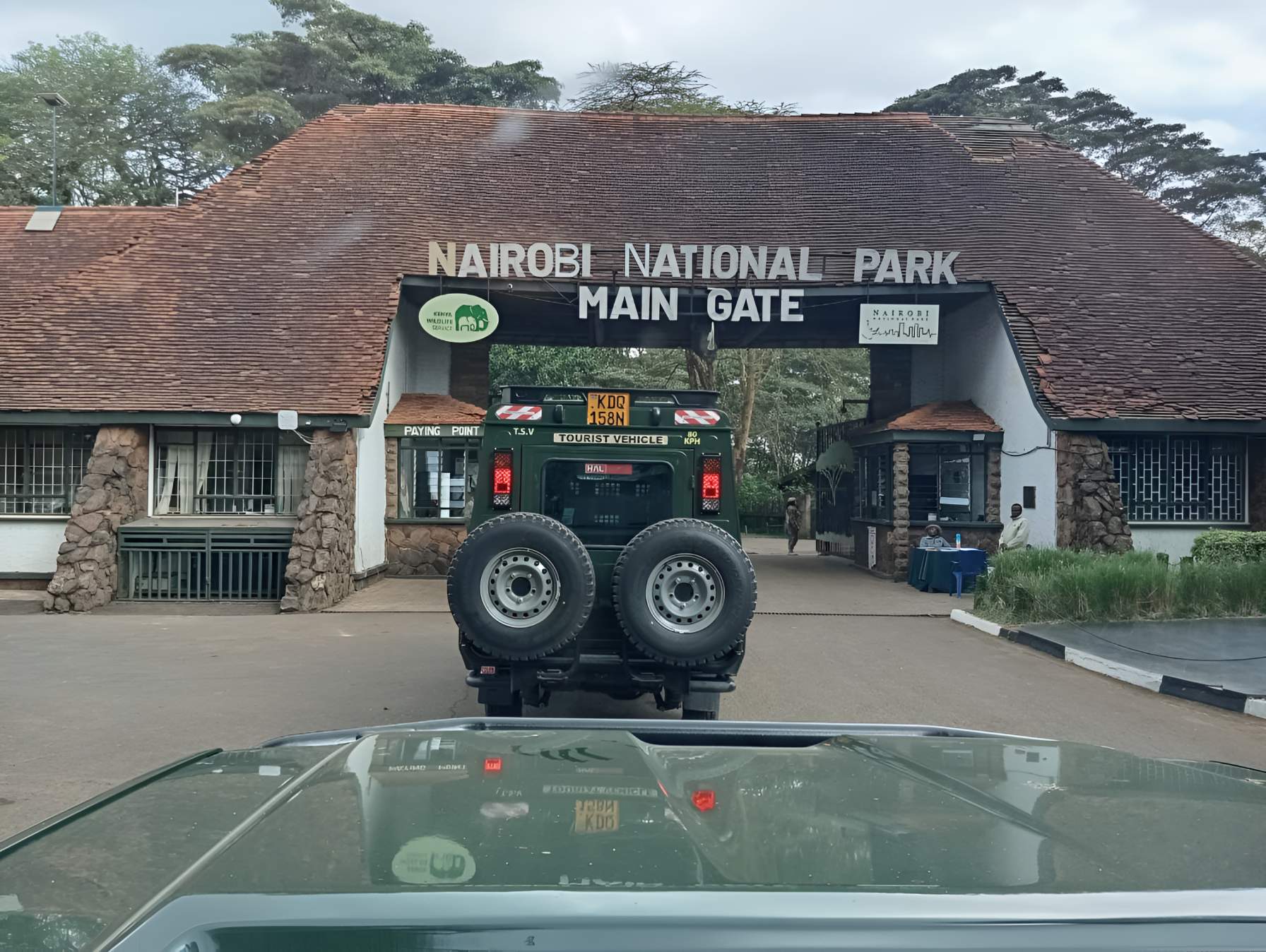Why KWS is targeting a park fee hike to sustain conservation

KWS oversees about 20 per cent of Kenya’s land, including 24 national parks, 29 national reserves, and 215 community conservancies.
Kenya Wildlife Service director general Erustus Kanga has said rising operational costs , especially in fuel, security, technology and ranger wages , have made current park charges unworkable, prompting the agency to propose its first fee review in 18 years to address a deepening Sh12 billion annual budget deficit.
“The cost and complexity of conservation have changed drastically since the last fee review in 2007,” Kanga said. “Fuel, security, technology and ranger costs have risen by up to 50 per cent, yet our fees have remained largely static. The status quo is not sustainable.”
He made the remarks during a roundtable briefing at the KWS Law Enforcement Academy in Manyani, where the agency unveiled the draft Wildlife Conservation and Management (Access and Conservation Fees) Regulations, 2025.
The review is aimed at making conservation financing more responsive to Kenya’s current economic and environmental challenges.
KWS oversees about 20 per cent of Kenya’s land, including 24 national parks, 29 national reserves, and 215 community conservancies. However, in the 2024/2025 financial year, the agency only raised Sh7.92 billion, far short of the Sh19.79 billion needed to meet its budget.
Ninety per cent of its internally generated income comes from park access fees, which support around 75 per cent of its budget, but only 28 per cent of that goes directly into conservation.
The rest covers administrative and operational costs. Kanga also revealed that five parks — Amboseli, Nairobi, Nakuru, Tsavo East and Tsavo West — contribute nearly 80 per cent of total revenue, exposing the agency to financial imbalance.
“Without a realistic fee structure, we cannot secure habitats, equip rangers, or support communities effectively,” he said.
The proposed review is based on four key pillars: financial sustainability, conservation priorities, equity and inclusion, and global benchmarking. According to KWS, the new pricing model is informed by elasticity modelling and revenue analysis to maximise impact while remaining fair to visitors.
For non-residents, who have lower price sensitivity, KWS is proposing a 50–60 per cent increase. Charges for premium parks such as Amboseli and Lake Nakuru could rise from Sh7,770 ($60) to around Sh12,423. Entry to Tsavo East and West would go up from Sh6,700 ($52) to roughly Sh10,748.
Kenyan citizens, who are more price-sensitive, would see a capped increase of 50 per cent. Nairobi National Park fees would go from Ksh430 to Ksh645, and Amboseli and Nakuru from Sh860 to Sh1,290.
The agency says the most efficient revenue return occurs at a 15 per cent increase, meaning it may stagger the changes or offer targeted discounts to groups such as families and schools.
“Assuming the recommended pricing adjustments are implemented, the projected total park fee revenue for KWS is expected to grow from Sh7.41 billion in 2024 to Sh16.58 billion by 2028.
These projections are based solely on park entry fees and reflect anticipated trends in visitation and spending behaviour under the proposed pricing framework,” the regulation document states.
KWS says the review is necessary to ensure long-term conservation, boost financial stability, and strengthen its ability to protect Kenya’s wildlife and ecosystems.
